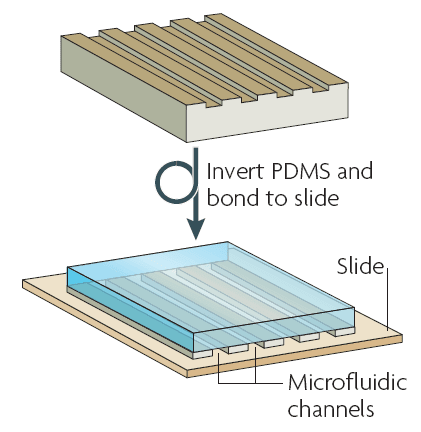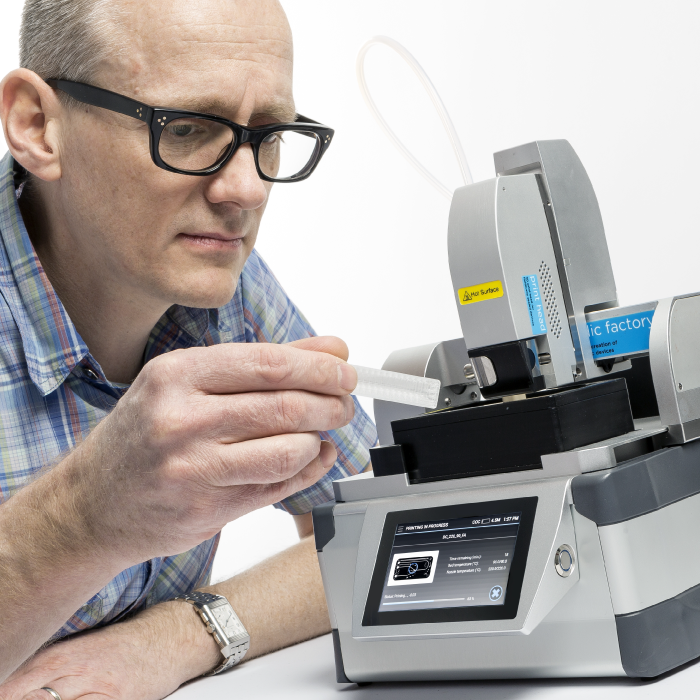

In these studies, the amount of ATP released was decreased for the same stimulus. In addition to its importance in regulatory physiology, SO 2 dependent ATP release has been shown to be impaired in many cardiovascular diseases such as sepsis, prediabetes and type II diabetes. Therefore, RBCs are believed to play an important role in the local regulation of oxygen (O 2) distribution through the SO 2 dependent release of ATP. Following release, ATP binds to purinergic receptors on capillary endothelial cells which conduct an electrical response to upstream arterioles, leading to their vasodilation. Red blood cells (RBCs) have been shown to release adenosine triphosphate (ATP) in response to numerous stimuli, including hemoglobin oxygen saturation (SO 2). The funders had no role in study design, data collection and analysis, decision to publish, or preparation of the manuscript.Ĭompeting interests: The authors have declared that no competing interests exist. This is an open access article distributed under the terms of the Creative Commons Attribution License, which permits unrestricted use, distribution, and reproduction in any medium, provided the original author and source are credited.ĭata Availability: All relevant data are within the paper.įunding: This research is funded by the Natural Sciences and Engineering Research Council of Canada (R1379A13). Received: JAccepted: OctoPublished: November 9, 2016Ĭopyright: © 2016 Sové et al. We have also demonstrated a method to assess oxygen levels in geometrically complex microfluidic devices.Ĭitation: Sové RJ, Fraser GM, Goldman D, Ellis CG (2016) Finite Element Model of Oxygen Transport for the Design of Geometrically Complex Microfluidic Devices Used in Biological Studies. Since microfluidic devices have become a more prominent tool in biological studies, understanding the transport of oxygen and other biological molecules in microfluidic devices is critical for maintaining a physiologically relevant environment. The simulations demonstrate that microfluidic device geometry plays a critical role in molecule exchange, for instance, changing the orientation of the short wide microfluidic channel results in a 97.17% increase in oxygen exchange. 3D simulations of oxygen transport were performed to simulate oxygen distribution throughout the device. Our objective is twofold: (1) optimize the parameters of our system and (2) develop a method to assess the oxygen distribution in complex 3D microfluidic device geometries. The microfluidic device is fabricated using soft lithography in polydimethyl-siloxane, an oxygen permeable material. The system is composed of a microfluidic device stacked on top of a large, gas impermeable flow channel with a hole to allow gas exchange. In the present study, oxygen transport simulations were used to optimize the geometric design parameters for a similar system which is easier to fabricate. The objective was to determine if a steep oxygen gradient could be developed in the channel to cause a rapid decrease in hemoglobin oxygen saturation in order to measure the corresponding levels of ATP released from the red blood cells. Previous work has focused on the feasibility of developing a microfluidic system to measure the dynamics of ATP release. Since red blood cells serve as an oxygen sensor for the circulatory system, the dynamics of ATP release determine the effectiveness of red blood cells to relate the oxygen levels to the vessels.

Red blood cells play a crucial role in the local regulation of oxygen supply in the microcirculation through the oxygen dependent release of ATP.


 0 kommentar(er)
0 kommentar(er)
